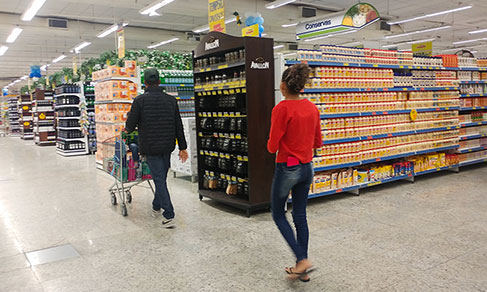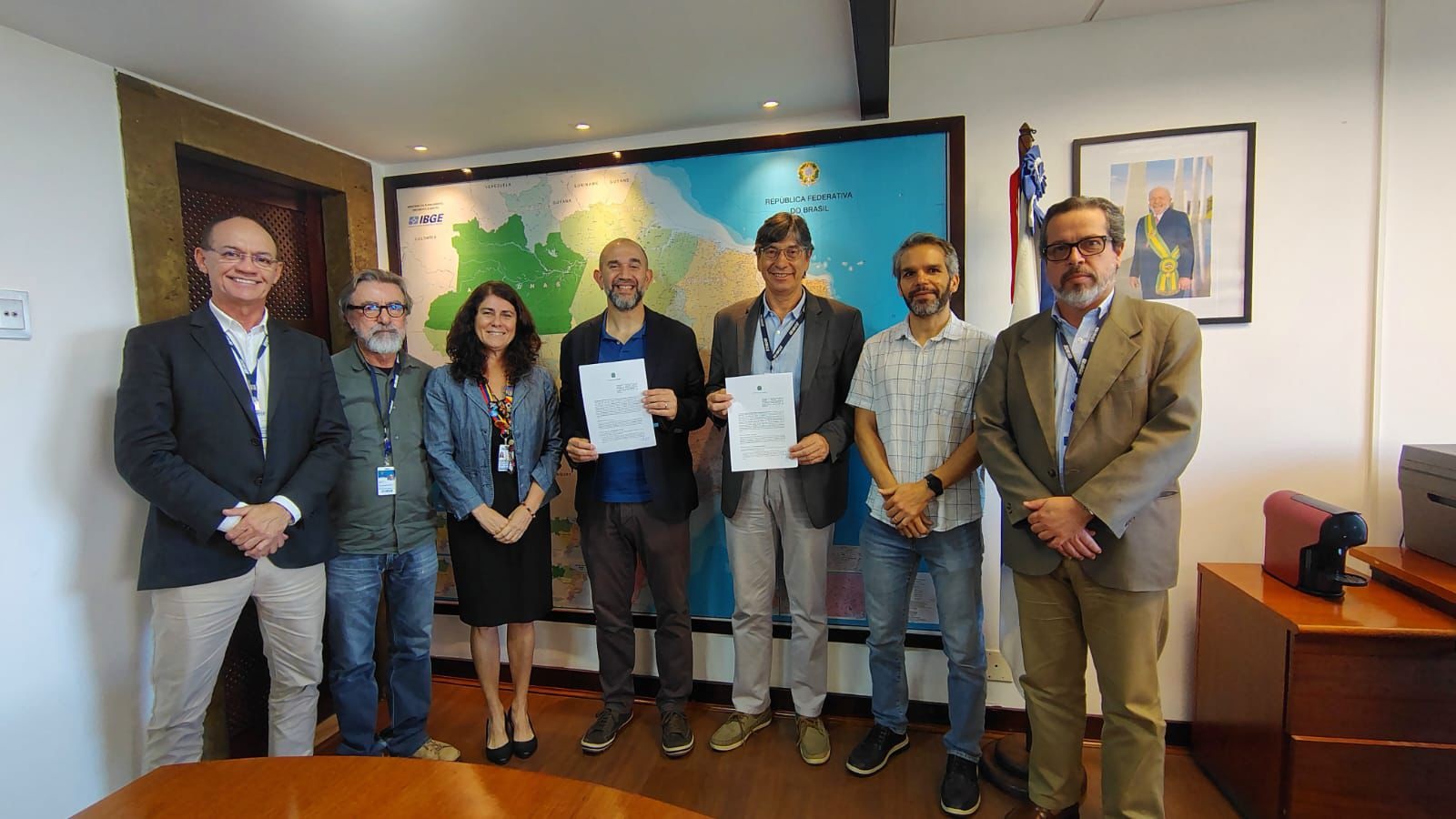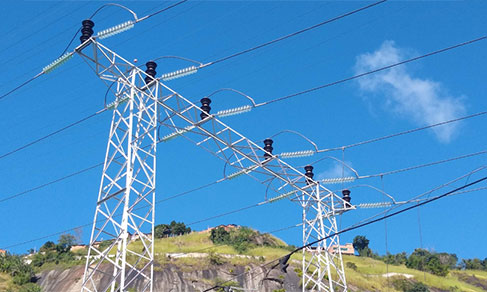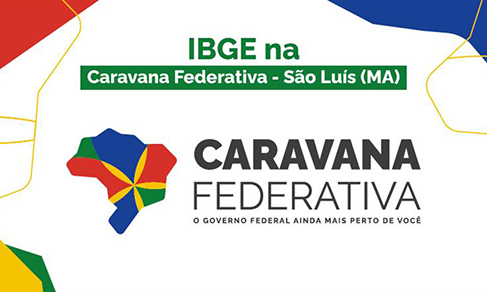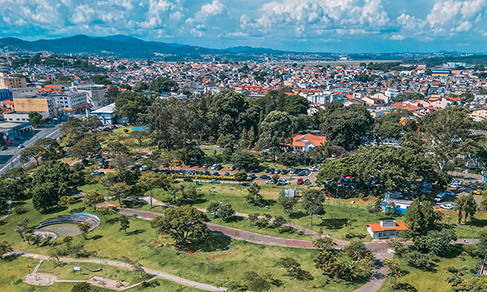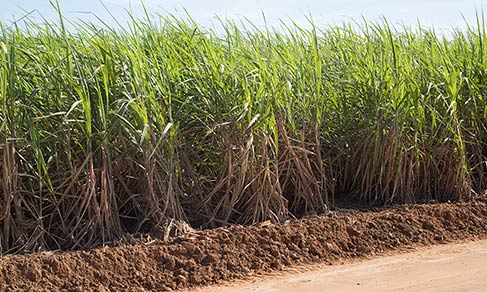Pesquisa Mensal de Serviços
Services sector changes by 0.3% in December and closes 2023 with third consecutive annual increase
February 09, 2024 09h00 AM | Last Updated: February 16, 2024 08h51 PM
 In 2023, volume of services recorded its third annual increase in a row - Photo: Freepik
In 2023, volume of services recorded its third annual increase in a row - Photo: FreepikVolume of services in Brazil changed by 0.3% in December 2023, the second positive result in a row, with a cumulative increase of 1.2% in the last two months of the year, partially making up for the loss observed in the period August - October (-2.1%). From December 2022, there was a drop of 2.0%, the main one since January 2021 (-5.0%). In spite of that, as for the cumulative index in the year, the sectors closed the year up by 2.3%, third consecutive year of increase. As for the cumulative index in 12 months, services recorded a drop in the pace of increase, from 3.1% in November to 2.3% in December 2023. The data can be found in the Monthly Survey of Services, released today (09) by the IBGE.
With the increase of 0.3% in December, the sector of services is 11.7% above the pre-pandemic level (February 2020) and 1.7% beow the peak of the time series (December 2022).
The last time the sector of services had increased for three years in a row, from 2012 to 2014, when there was a cumulative gain of 11.3%. In the latest three-year period, from 2021 to 2023, the expansion was even more significant, with an increase of 22.9%. It is worth mentioning that the increase of 2.3%, observed in 2023, was the least intense in the sequence. In 2021, the rise reached 10.9%, and 8.3% in 2022. “In 2021 and 2022, there was the construction of a higher basis for comparison, resulting from the recovery of the sector after the period of social distancing during the Covid-19 pandemic, but, above all, due to the xtraordinary gains from the segments of information technologu and cargo transportation. The increase recorded against the two years recording significant growth is something relevant,” Rodrigo Lobo, manager of the survey, explains.
In 2023, four of the five activities of PMS recorded positive rates, with an increase in 55.4% of the 166 types of services investigated. Among the sectors, the highlights were information and communication services, with an increase of 3.4%; and professional, administrative and complementary services, with an increase of 3.7%. In the former sector, the main impacts came from the increase in revenue of companies that work in the segments of telecommunications; software development and licensing; development of computer programs on demand; data treatment, application service providers and Internet hosting; and portals, content providers and other information services on the Internet.
In the latter sector, professional, administrative and complementary services, the result was driven by the expansion of car rent; engineering services; charging and registry information; business mediation in general; and travel agencies. “The activities that grew stronger in the post-pandemic context were the ones that led the services sector towards a higher level. There was considerable growth in services for companies, notably IT services,” Mr, Lobo highlights.
Within this context, the researcher also mentions road transportation of cargo, which had an impact on the services activities of transportation, support services to transportation and mailing. “That is a segment that increased, at first, after the expansion of electronic trade and of agricultural production, as there is a necessity of transportation of inputs, such as fertilizers, besides the use of the harvest production itself.”
The activity services rendered to families, with an increase of 4.7% also recorded increase. Only the sector of other services recorded a negative result, with a drop of 1.8%, due to the lower revenue from auxiliary financial services; management of funds by contract or commission; securities brokers; and administration of organized exchanges and of OTC markets. “The result of 2023 followed the same trend as in 2022. In the post-pandemic period, there is a redistribution of gross disposable income of families, and a reduction of financial applications and the increase of consumption of goods and services, which had been interrupted in periods of greater uncertainty.
By area, 25 of the 27 Federation Units recorded an increase in the real revenue from services, the main impacts being those from Minas Gerais (7.7%), Paraná (11.2%) and Rio de Janeiro (3,3%), followed by Mato Grosso (16.4%), Santa Catarina (8.0%) and Rio Grande do Sul (4.4%). São Paulo (-1.8%) and Amapá (-2.2%) were the only areas recording decreases.
In December, sector of services rendered to families surpasses pre-pandemic level for the first time
The positive change of 0.3% in volume of services from November to December 2023 was observed in three of the five PMS activities. The highlight is the increase of services rendered to families, which, with the increase of 3.5% exceeded, for the first time, the pre-pandemic level (February 2020). That was the only survey activity that had not reached that level yet.
With this result, services rendered to families are at the highest level since 2016. “This sector has gradually made up for losses from the pandemic period. There was a change in the configuration of activities. Delivery apps, for example, ended up acquiring part of the revenue from restaurants, leading to a transfer of revenue between these two segments in the services sector.”
Another reason for the slow pace of recovery is the still gradual return to in-office or hybrid work. “A number of people are still working from home, and that helps transfer revenue from services (restaurants) to trade (supermarkets), for example,” the researcher adds. On the other hand, the good performance of tourism activities helps the sector of lodging and feeding, which is essential for the activity of services rendered to families.
Another highlight was the increase of the transportation sector, of 1.3%, which interrups a sequence of four negative results in a row, with cumulative loss of 5.4%. The activity of information and communication services, with a change of 0.2%, recorded the third positive rate, with s cumulative increase of 1.8%. The other advances were observed in professional, administrative and complementary services (-1.7%) and other services (-1.2%).
By area, 18 of the 27 Federation Units recorded increases from November to December. The main increase was that of São Paulo (0.6%), followed by the Federal District (2.8%), Santa Catarina (1.8%) and Paraná (0.8%) On the other hand, Rio de Janeiro (-2.6%), followed by Minas Gerais (-1.4%), Mato Grosso (-2,6%) and Mato Grosso do Sul (-4.1%) accounted for the main drops.
Tourism grows by 1.4% in December and closes 2023 with an increase of 6.9%
The index of tourism activities recorded an increase of 1.4% from November. The segment is 3.6% above the level of February 2020 (pre-pandemic) and 3.7% below the highest figure in the series, reached in February 2014.
By area, eight of the 12 areas recorded increases, among whixh stood out: Rio de Janeiro (4.2%) and São Paulo (1.1%), followed by Rio Grande do Sul (8.1%), Ceará (10.5%) and Santa Catarina (4.8%). Federal District (-3.9%) and Espírito Santo (-7.4%) recorded the main decreases.
The comparison between December 2023 and December 2022 shows an increase of 1.4%, recording the 33rd consecutive positive rate. As for the cumulative index in 2023, the special aggregate of tourism activities recorded an increase of 6.9%, with 10 of the 12 areas surveyed recording increases, mainly São Paulo (6,5%), followed by Rio de Janeiro (11.5%), Minas Gerais (15.0%), Bahia (11.4%) and Paraná (10.0%). Ceará (-3.2%) and the Federal District recorded the only negative results (-1.1%).
Passenger transportation drops by 1.0% in December and closes the year with a drop of 0.7%
The volume of passenger transportation in Brazil dropped by 1% from November to December, the fourth negative rate in a row, with a cumulative loss of 7.8% in the period. The segment was 8.8% below the level of February 2020, prior to the pandemic, and 29.7% below that of February 2014 (peak of the time series). Against December 2022, the drop amounted to 15.9%.
The result of December shows that the sector closed the year with a drop of 0.7%. “It came from a high basis for comparison in the segment of mass road transportation. The sector had recorded positive results, but retreated due to the rise of airfares in the last few months of the year,” Mr. Lobo said.
The sector of cargo transportation dropped by 0.9% in December and closed the year with an increase of 7.8%. In the comparison between December 2023 and December 2022, there was a drop of 0.2%, the 40th consecutive positive result. In December, the sector was 5.3% below the peak of the series (July 2023) and 35.7% above the pre-pandemic level (February 2020).
More about PMS
The Monthly Survey of Services produces indicators to monitor the short-term behavior of the services sector in Brazil. The survey investigates the gross revenue from services in formal enterprises employing 20 or more persons, in which the main activity is a non-financial service, excluding the areas of health and education. It produces results for Brazil and all the Federation Units. Results are available on Sidra. The next release of the Monthly Survey of Services, related to January 2024, will be on March 15, 2024.
.





